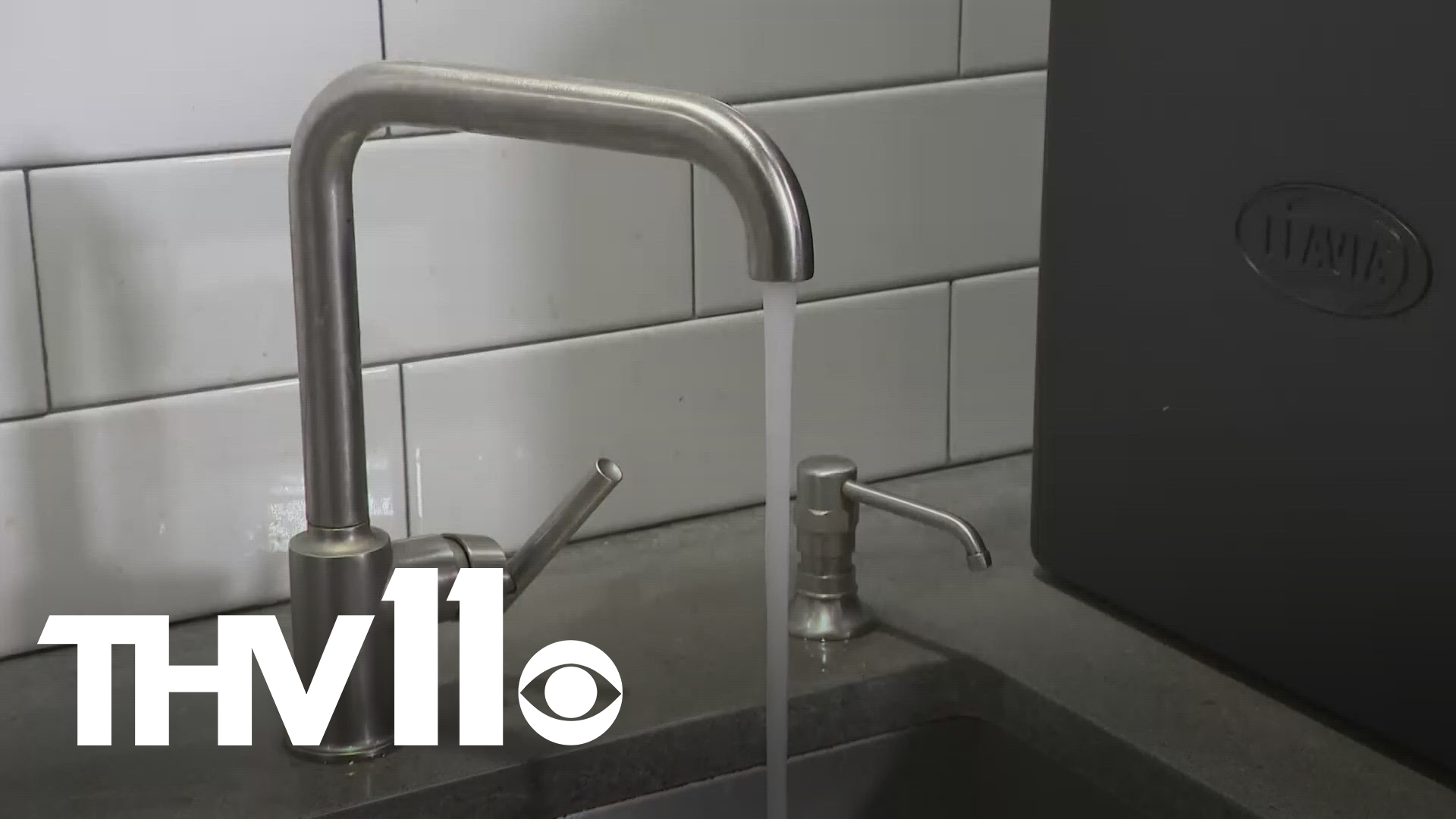LITTLE ROCK, Arkansas — If you are on Central Arkansas Water (CAW) meters then you may have recently received a letter in the mail.
There are about 9,000 CAW customers across Central Arkansas who were sent a letter that explains that their pipes may need to be replaced because they could have lead.
While the letter can seem daunting, CAW wants people to be informed that this is the first step in making sure everyone has clean drinking water.
"We are more interested in finding out what the material is," said Douglas Shackelford with Central Arkansas Water.
The United States Environmental Protection Agency (EPA) recently made changes to the lead and copper regulations for water pipes. Now, the goal is to remove all lead service lines and pipe fixtures.
However before they can do that, they first need to identify what properties are not up to code.
So, Central Arkansas Water sent letters out to customers who did not have updated information on their service lines.
The service line runs is something that runs from the meter to the home and is owned by the property owner.
If you received the letter, CAW has created a page on their website to show customers how to identify what material the pipe is and how to document it.
Officials with CAW explained how they are far beyond the expectations of most states.
Back in 2016, they pushed to remove all lead pipes from the region. They discovered 8,000 properties that could have lead lines, but when they were tested there was actually less than 200. They have all been replaced since then.
"We don't suspect there are any lead services in our system, so we are miles ahead of other water utilities nationwide," said Shackelford.
After the service lines are inventoried, the property owner can choose to replace those pipes themselves.
The EPA has not issued any guidance on who is responsible for replacing those lead pipes as of now, but Shackelford said they expect those guidelines in about three years.

